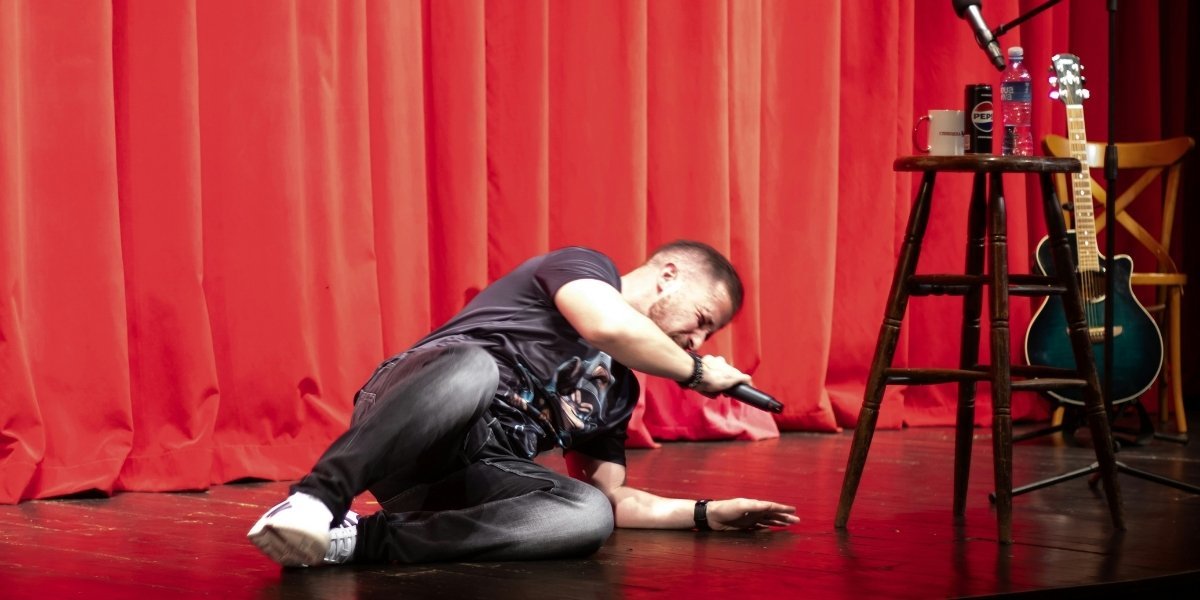Across the globe, millions live in the shadows of preventable blindness, where a lack of basic eye care can deprive individuals of their independence, livelihood, and sense of self. This is especially true in remote communities where trained specialists and equipment are scarce. Mission work steps in to help bridge this gap, offering sight-saving care such as cataract surgeries and distributing eyeglasses.
As Dr. Randall G. Melchert OD knows, volunteers often return profoundly impacted, having connected with people across cultures through the shared language of compassion and care. While challenges in the field are real, from logistical setbacks to cultural barriers, partnerships and community-driven approaches remain essential for long-term impact. Whether someone contributes their medical skills, financial support, or simply spreads awareness, the opportunity to be part of this life-changing mission is available to everyone.
The Global Burden
An estimated 1.1 billion people live with vision impairments that could potentially have been prevented or are yet to be addressed. Many of these individuals live in low-income areas where access to basic eye care is limited or unavailable. In rural parts of sub-Saharan Africa and South Asia, people often go years without diagnosis or treatment due to a lack of trained professionals and equipment.
Elderly individuals may face challenges with independence, and children can fall behind in school simply because they can’t see clearly. Addressing these issues through mission work becomes not only a medical effort but also a path to restoring dignity and opportunity. In some communities, regaining sight can mean the difference between survival and dependence.
What Mission Work Involves
Vision-focused mission work often includes free eye exams, cataract surgeries, and the distribution of prescription glasses in underserved regions. Teams are typically made up of ophthalmologists, optometrists, nurses, and non-medical volunteers who assist with logistics and patient care. These missions are usually short-term but can have far-reaching impacts when coordinated with local healthcare systems.
In places where hospitals are miles away and transportation is scarce, mobile clinics and temporary eye camps become lifelines. Patients walk for hours, sometimes days, just to be seen. A single surgery that lasts less than thirty minutes may restore years of lost vision, enabling someone to return to farming, care for their grandchildren, or simply navigate their community safely again.
Partnerships with local clinics are vital. They help build trust with the community, ensure accurate follow-up care, and provide continuity long after the mission team has returned home. Without such collaboration, even the most well-intentioned efforts might not fully reach their true potential. These also allow local providers to continue offering care between mission trips.
Answering the Call to Serve
Many who participate in care missions describe a deep sense of purpose that draws them into the work. Some are driven by faith, others by a commitment to global health, but most share a common desire to use their skills for something bigger than themselves. They don’t just restore sight—they help restore hope.
A retired optometrist might find renewed meaning by servicing remote villages, while a college student volunteering abroad may discover a lifelong calling through a single patient’s gratitude. These experiences often reshape how participants view their careers, their privileges, and their responsibilities.
It’s not uncommon for volunteers to return home feeling deeply impacted. Beyond the medical procedures, they’ve connected with people across cultures and witnessed the transformative power of sight firsthand. That connection becomes a lasting reminder of the difference compassion and expertise can make in someone’s life.
Lives Changed Through Restored Sight
A grandmother in Guatemala who once relied on her young grandson to guide her through crowded markets now walks confidently on her own after a simple cataract surgery. In another part of the world, a teenage girl, previously unable to read the blackboard, returns to school with a new pair of glasses and a renewed sense of possibility.
The ripple effects of restored vision extend beyond the individual. Families gain additional working hands, communities welcome back active members, and children are no longer bound to caregiving roles. Sight unlocks doors to education, employment, and independence that may have previously been closed.
Navigating Challenges in the Field
Bringing quality eye care often comes with logistical hurdles. Teams must adapt to limited electricity, unfamiliar languages, and cultural norms that may influence how medical help is received. Weather, customs delays, or damaged equipment can all threaten to derail a carefully planned mission. Some teams carry redundant supplies just to mitigate such risks.
True change requires more than short-term aid. Building local capacity—through training, mentorship, and sustainable partnerships—ensures that care continues long after the mission ends. It’s a delicate balance between offering immediate help and empowering local systems to thrive independently.
Ways to Support or Participate
Not everyone needs to be a medical professional to contribute to the cause. Individuals can assist in various ways, such as donating used eyeglasses or sharing information about the work being done. These efforts can help raise awareness and support for the mission.
Organizations like Vision Outreach International and SEE International offer structured programs for those who want to participate. Volunteers typically undergo cultural preparation and technical orientation to ensure their service is respectful and effective. Whether by participating directly or supporting from afar, there are various ways to be involved in the mission.









